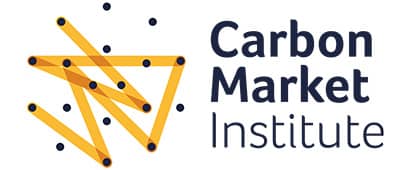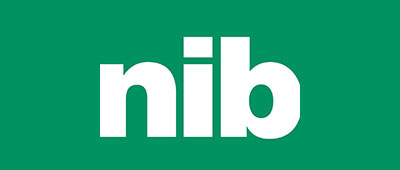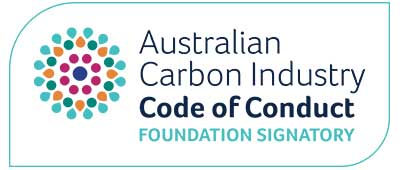Blue carbon blue moon?
The American Carbon Registry has approved the first blue carbon methodology – restoring wetland delta areas (blue carbon is just carbon in the water or the sea).

Could blue carbon save the Louisiana coast? Source: Ecosystem Marketplace
Developed by Tierra Resources and Louisiana State University in the US, the methodology delivers recycled wastewaster to areas affected by saltwater intrusion to add nutrients and fresh water. The good stuff can then grow and increase the carbon stored in the water. The pilot project was near New Orleans and is important to help protect infrastructure in the delta area.
Perhaps California will pick up this methodology and give this sector a boost?
There are also other projects in Kenya and Costa Rica and Abu Dhabi.
Here in Australia, blue carbon is a little bit blue moon – currently there is no technical working group to work up blue carbon methodologies nor any methodology funding dedicated towards blue carbon development.
This is a shame, as Aboriginal and Torres Strait Islander groups could benefit enormously from blue carbon projects across the northern coastlines.
Luckily, the CSIRO has started. The aim of this carbon cluster is to quantify the carbon that is stored in marine environments. And the Fisheries Research and Development Cooperation has already commissioned this coastal carbon report. The report notes the long storage times of blue carbon. Perhaps mangroves and sea grass could be the first blue methodologies in the CFI? Sea grass does have enormous potential – seagrass stores carbon 35 times faster than rainforests.
To go forward, we will have to get the settings right – including granting carbon tenures in the sea and counting these emissions in Australia’s accounts – as well as getting working groups together.
But if we don’t get cracking, we won’t get there.























